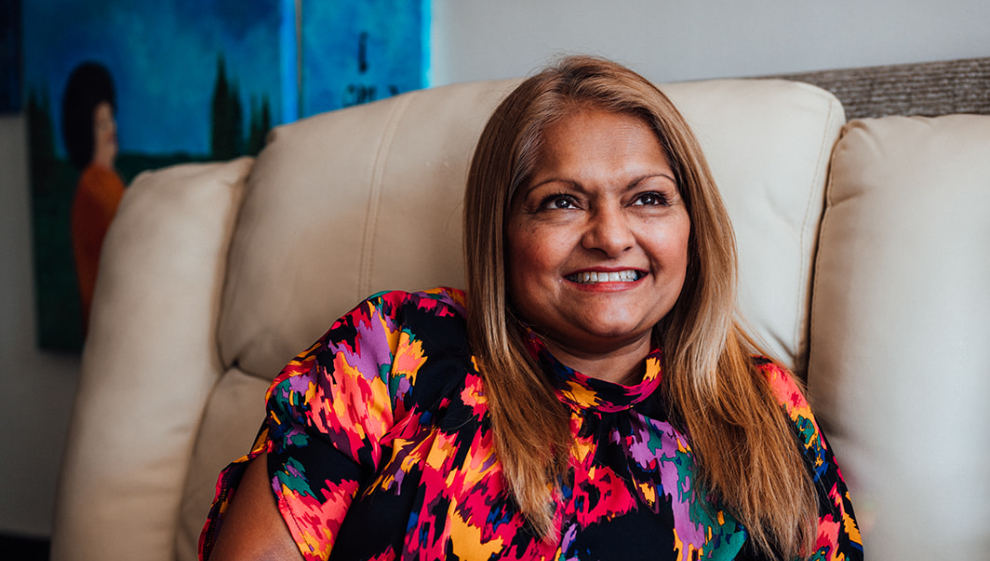Don’t let blood pressure change your story
Here are some free tools to help you combat cardiovascular disease:
High blood pressure can affect anyone

More than 5.5 million people in England may currently be suffering from high blood pressure without showing any symptoms – increasing the risk of heart attack or stroke.
We want to help reduce the rate of cardiovascular disease by allowing you to get your blood pressure checked for free.
Having your blood pressure read can be a way to learn more about your health and, if necessary, take simple steps to reduce the risk of stroke and heart disease.
Where to get your blood pressure taken
Working with the NHS and Manchester Local Care Organisation, we’ve trained people from your community to read your blood pressure – our Community Champions.
You can visit them in a place local to you and have your blood pressure read for free. We hope this makes it easier for you to fit this in to daily life.
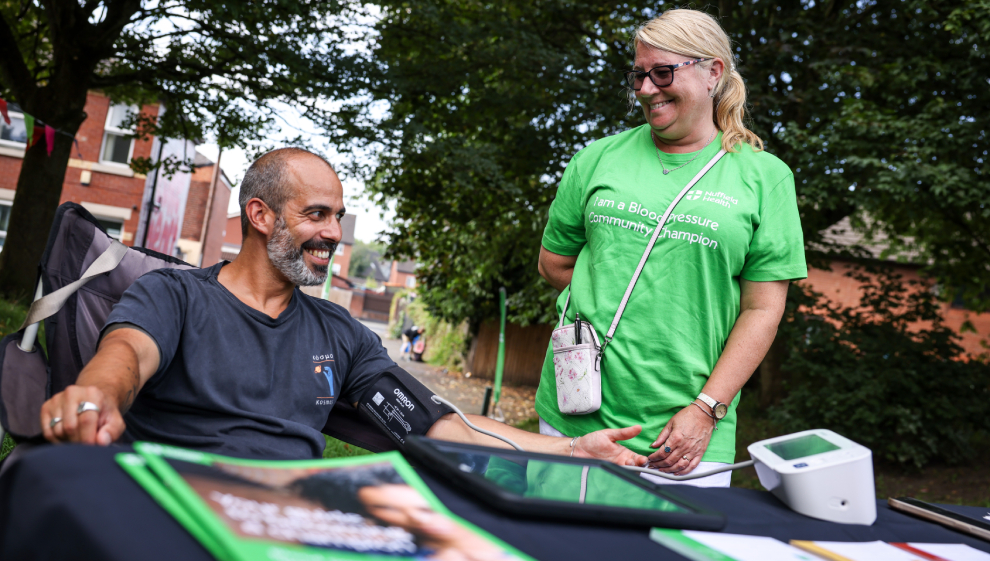
What are the next steps?
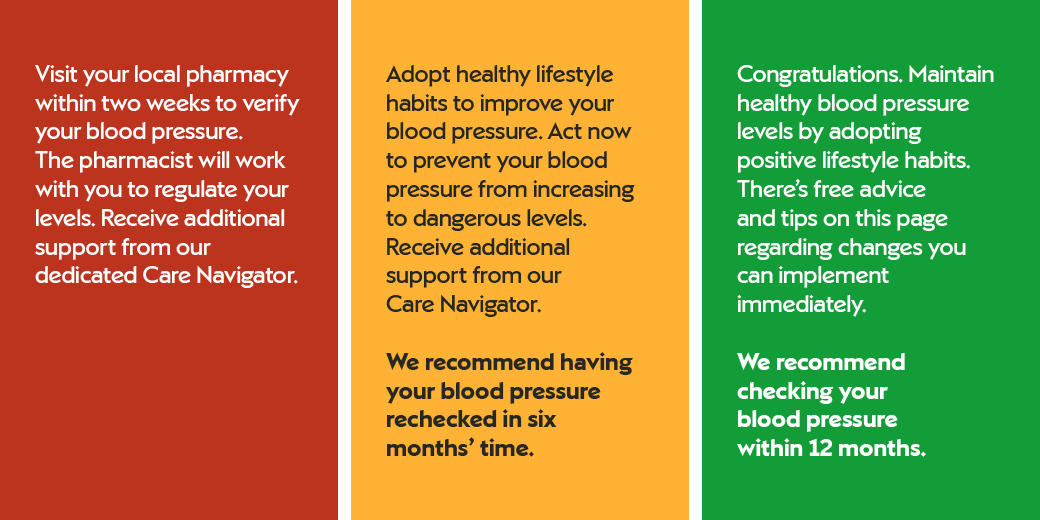
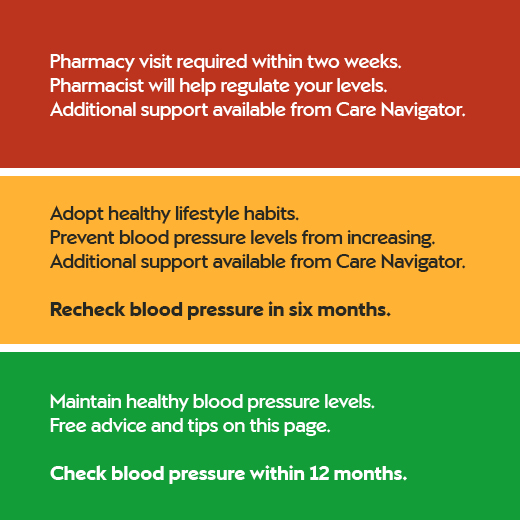
What is a Care Navigator?
How to manage your blood pressure
Blood pressure numbers explained
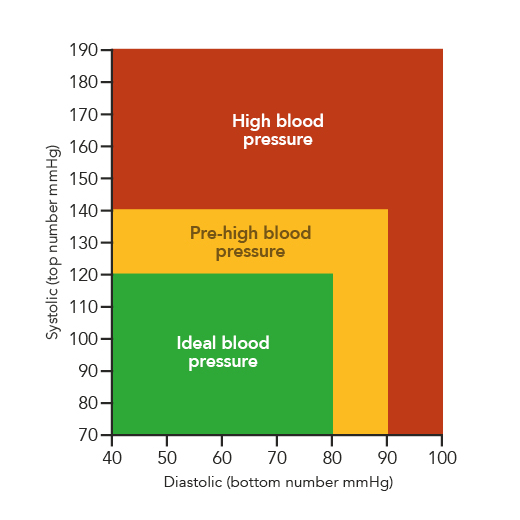
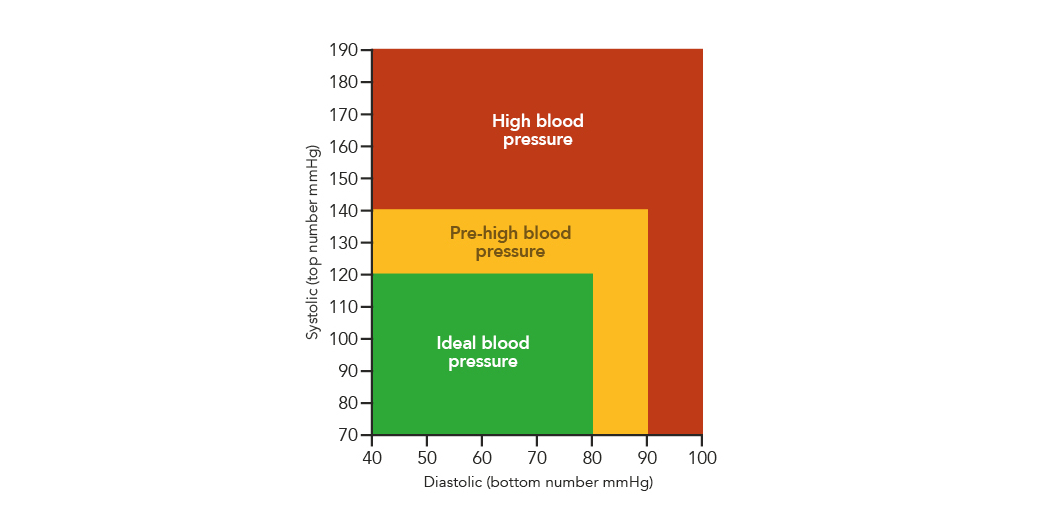
Not sure what your 'systolic' and 'diastolic' numbers are? Click the tabs below to find out more. Both numbers are important and should be monitored regularly to make sure they fall within the healthy range.
-
What is blood pressure?
Blood pressure (BP) is a measure of the force required by your heart to pump blood around the body.
High blood pressure (hypertension) is where this force is too high and can cause strain on the heart and blood vessels.
If this is left untreated, high blood pressure can increase the risk of several serious long-term health conditions, including coronary heart disease. -
What do the numbers mean?
BP is usually shown as two numbers with one over the other. It is measured in millimetres of mercury (mmHg).
-
What is systolic blood pressure?
The first number (or top number) is systolic blood pressure – the pressure in your arteries when your heart contracts.
-
What is diastolic blood pressure?
The second number (or bottom number) is diastolic blood pressure – the pressure in your arteries when your heart is refilling with blood between beats.
-
What is ideal blood pressure?
Ideal blood pressure is under 120 systolic and under 80 diastolic, for example, 118/78 mmHg.
Having normal BP is great, but it’s no excuse to be complacent. Being proactive with healthy lifestyle choices can help you maintain an ideal blood pressure.
This can take the strain off your heart and blood vessels and reduce your risk of many diseases. -
What is pre-high blood pressure?
Pre-high blood pressure is anything between 121–139.99 systolic and 81–89.99 diastolic, for example, 135/88 mmHg.
BP levels in this range may be reduced by making some simple lifestyle changes, which can be discussed with your Care Navigator. Taking action to normalise your blood pressure now can help prevent it increasing towards higher levels. Some things you can do include:- Adjusting your diet
- Increasing exercise
- Reducing stress
- Reducing caffeine intake.
Learn how to make these changes in the articles and classes on this page.
You should also make an appointment to see a GP to get a better understanding of how high blood pressure is affecting your health. -
What is high blood pressure?
High blood pressure, or hypertension, is anything over 140 systolic and over 90 diastolic, for example, 150/95 mmHg.
Having high BP significantly increases your risk of all-cause mortality (death of any cause) if left untreated.
If either your systolic or diastolic BP falls into this range, you should see your community pharmacist as soon as possible – even if the other number falls into the ideal range.
They'll recheck your BP and advise you on any next steps. Regardless of the outcome, it's still useful to make positive lifestyle changes – take a look at the articles and classes on this page for guidance. -
What is urgent blood pressure?
If either of your blood pressure numbers are above 180/120 mmHg, there is a lot more strain on the heart and blood vessels, meaning there is a significantly higher risk of a heart attack or stroke. It is therefore important you visit your community pharmacist as soon as possible (within 48 hrs).
If your BP reading is above 180/120 mmHg and you have any of the following symptoms, it may be a sign of life-threatening organ damage and you should visit A&E immediately:- chest pain
- shortness of breath
- blurred vision
- nausea/vomiting
- severe headache.
-
What is low blood pressure?
If your BP falls below 90/60 mmHg, your body and brain may not be getting enough oxygenated blood. If this is an ongoing result, you should seek medical advice, especially if you have symptoms of low BP, such as:
- light-headedness or dizziness
- feeling sick
- blurred vision
- generally feeling weak
- confusion
- fainting.
To normalise your blood pressure:
- eat enough food for your height, weight and gender
- exercise enough for your height, weight and gender
- drink enough water and staying hydrated
- check any medications you are taking with a health professional
- reduce your alcohol intake.
-
Other factors that affect blood pressure
Pre-existing conditions, including chronic diseases, may lower the blood pressure ranges outlined above. For example, a normal range for diabetics is less than 130/80 – anything above these numbers falls into the red zone.
Blood pressure guides may be lower for some ethnic groups, including South Asians. Speak to your GP if you're not sure about what normal blood pressure is for you.
Accurate blood pressure readings are dependent on you being well hydrated at the time of the reading. You are adequately hydrated when your urine is clear.
Help save lives by taking people's blood pressure
Become a Community Champion and you'll receive free training plus a £100 voucher every 3 months.

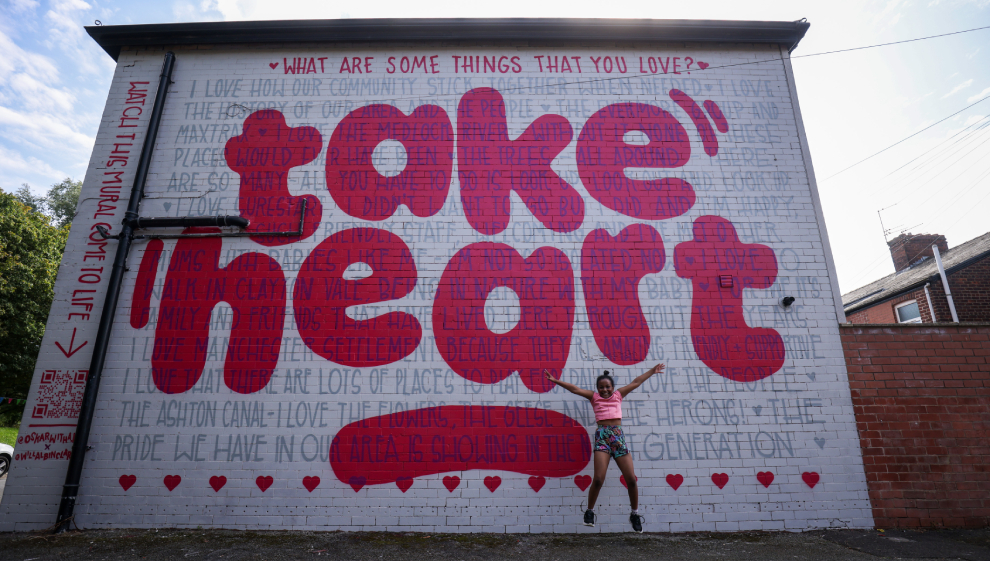





Awareness day in Manchester
Last year we held an awareness day to help the Openshaw community learn more about blood pressure. Along with fitness classes and family-friendly activities, our Community Champions offered free blood pressure readings to the public and provided support in taking the next steps to protect their health.
Also, to highlight the importance of good heart health, working with HEARD Storytelling, we captured the personal experiences of members of the local community and our Community Champions, asking them what they love. These insights were used to create an interactive wall mural that was unveiled at the event.
Blood pressure stories
We also worked with HEARD Storytelling to put together a series of case studies bringing to life people's experience with high blood pressure.
